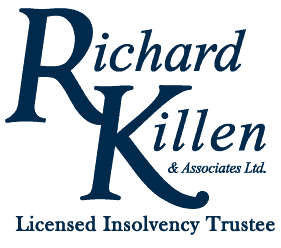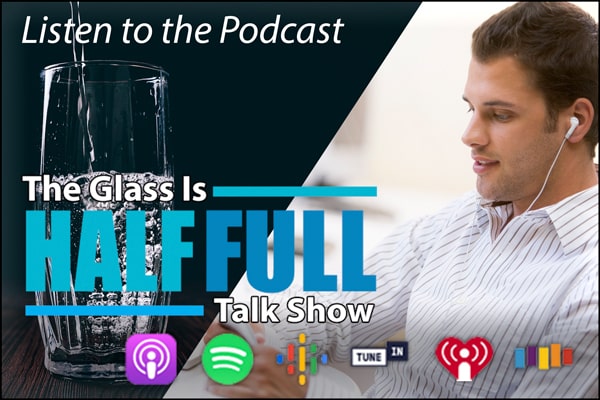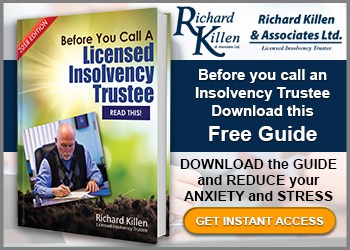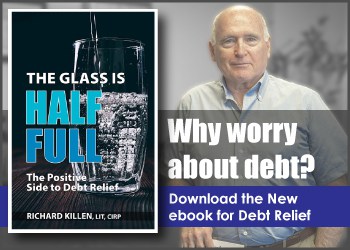Personal Insolvency – Insolvency Services and Solutions
Personal insolvency and people seeking insolvency services and debt relief options could be increasing dramatically. According to The Office of the Superintendent of Bankruptcy, although the total number of insolvencies in Canada decreased this year by 3.3% in March 2020, lower than the previous year in March 2019, household debt, which was already high before the coronavirus, is expected to soar as the financial crisis continues and we will see late payments rise sharply as well as an increase in personal insolvency rates over the coming weeks and months.
A survey conducted by DART & maru/Blue seems to confirm this forecast as more than a million Canadians believe they are heading towards bankruptcy over the next three months unless their personal financial conditions improve. The low-income to middle-income group is getting hammered the hardest as they struggle with job loss, temporary lay-offs, and reduced income as a result of the widespread shutdowns caused by the COVID-19 outbreak.
DO YOU NEED TO FILE INSOLVENCY?
The largest unsecured debts that Canadians carry are credit card debt, payday loans, and bank loans. When these debts get out of hand, filing for insolvency may be the only thing most debtors may need to eliminate their debts and get a fresh start.
Insolvency is a state of being insolvent. Financial insolvency basically means you are:
- You owe more than $1,000 and you are unable to pay your debts as they become due because of low monthly income or cash flow.
- Your total debt amount is more than the value of your total assets.
Let’s take the following examples:
If you have a credit card due on the 15th of the month and you don’t have the money to pay even the minimum amount, you are unable to meet your obligations as they become due and so you are technically insolvent.
If you have total debts of $4,000 on your credit card, and you have a car worth $20,000 and it’s not put up as collateral against a loan, you are not considered insolvent because you have an asset that is worth more than your total debts.
Being insolvent depends on two things – your cash flow or income and your assets.
Asset Test
Add up the total value of your assets and the total amount of all your debts. If the value of all your assets is greater than your total debts, you are not insolvent. This is because you have enough assets to pay off your debts. If you were to sell everything of value you own – your property, car, jewelry, investments – you would be able to generate enough money to pay back your creditors. You would be considered insolvent if the total value of your assets is not enough to cover the debts.
Income Test
Add up all your income sources – employment income, support payments, and any other benefits and revenue streams. Next, add up monthly expenses – housing costs (mortgage or rent), food, transportation, personal care, child care, tuition, and other debt payments. If there is not enough income left after living expenses to put towards debt payments then you have insufficient cash flow and would be considered insolvent.
Being insolvent is simply not a matter of how much debt you carry, but largely a matter of what your personal circumstances are. You may have many assets, but you can still be insolvent if their total value is not sufficient to cover your debts. You may have too much debt and have no money to pay it, but you have assets that you can sell to pay off your debts, you are not insolvent.
Technically, you are insolvent if you find yourself in these situations:
- You rely on credit to pay for everyday living expenses.
- You are borrowing to pay off your credit cards.
- You can only qualify for very high-cost debt like high-interest payday loans.
- You skip making minimum payments or have missed consecutive monthly payments and are near delinquent.
- All your credit cards are maxed out and you are denied credit and other loans by your bank or other reputable lenders.
If you need help to decide if you are an insolvent person and think you need to file to deal with your debt, talk to a licensed insolvency trustee (LIT) at Richard Killen and Associates and we can give you professional, unbiased advice to help you choose the right option to deal with your financial problems.
ONTARIO INSOLVENCY SOLUTIONS
The Canadian government under the Bankruptcy and Insolvency Act offers two options to help people who have become insolvent:
- Personal bankruptcy, and
- consumer proposal.
If you have severe financial problems and are unable to repay all or even only a portion of your debt, you may be able to resolve your debt problems with the help of a LIT. After a thorough assessment of your financial situation, the trustee may recommend filing a consumer proposal or a personal bankruptcy.
Consumer Proposal
In a Consumer Proposal, a trustee will make an offer to your creditors to waive interest charges and penalties and reduce a percentage of your debt so that you pay much less than what you owe. A settlement agreement is negotiated for a fixed monthly amount to be paid over a period of up to five years. If the majority of your creditors accept the proposal it becomes a legal contract and all participants are bound by law to the agreed terms.
Insolvency and Bankruptcy
Personal bankruptcy is usually the last option to consider as there are many alternative solutions. Bankruptcy law in Ontario will require you to liquidate all your non-exempt assets in exchange for a total write-off of all the debt included in the filing after you obtain a discharge.
INSOLVENCY SERVICES IN ONTARIO
For over 25 years, Richard Killen & Associates has provided thousands of Canadians with personal insolvency practitioners to deal with their debt problems. We now have eleven offices across the GTA with dedicated professionals who are committed to your financial well-being.
Our insolvency services include:
- A confidential assessment to see what is the best solution for you.
- Explain your debt relief options in Ontario and other alternatives.
- Guidance and support throughout the process.
Contact our insolvency office in your area and book a free, no-obligation consultation with a local licensed insolvency trustee to identify which insolvency services or best debt relief solution to deal with your debt crisis so you can become financially solvent and debt-free.











